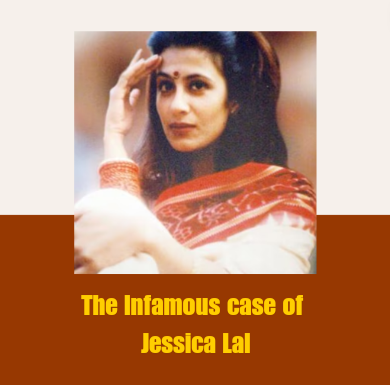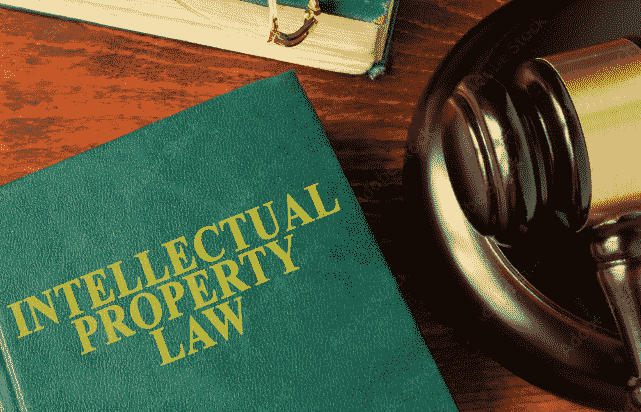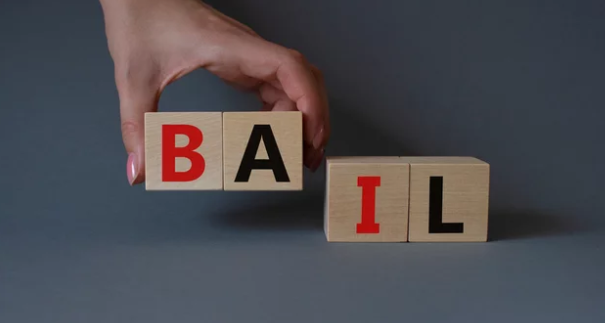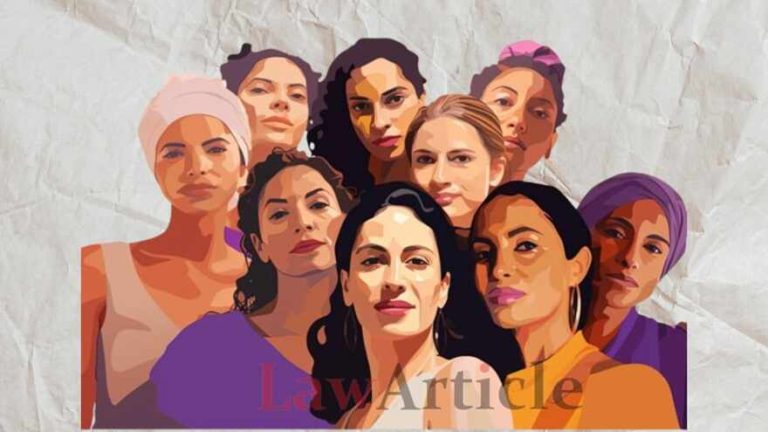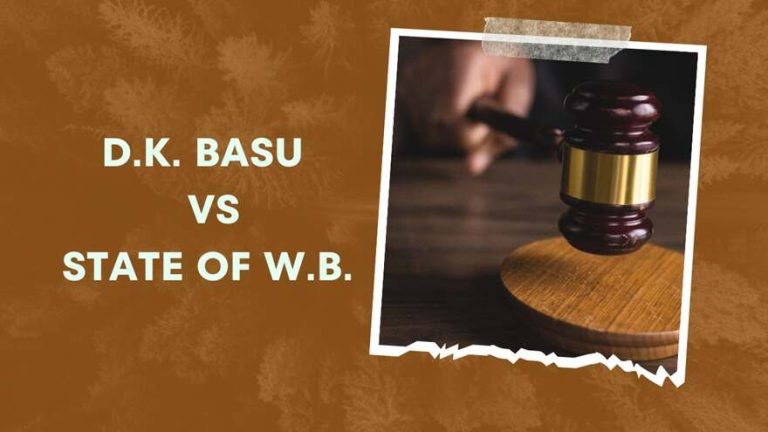“Let justice be the beacon that guides our actions, illuminating the path towards a society founded on equality, dignity, and the rule of law.” – Justice DY Chandrachud
In the annals of Indian jurisprudence, Justice DY Chandrachud stands tall as a beacon of judicial integrity, intellect, and compassion. With a career marked by landmark judgments and unwavering commitment to justice, his contributions have significantly shaped the legal landscape of India.
Early Life and Education:
Born on November 11, 1959, Justice DY Chandrachud hails from a distinguished family of legal luminaries. His father, Justice YV Chandrachud, served as the Chief Justice of India, leaving an indelible imprint on his son’s upbringing. Following in his father’s footsteps, Justice DY Chandrachud pursued law, graduating with honors from the Government Law College, Mumbai. He furthered his legal education with a Master of Laws (LLM) degree from Harvard Law School, enriching his understanding of legal principles and jurisprudence.
Justice Dhananjaya Y. Chandrachud assumed office as the Chief Justice of India on November 9, 2022. Prior to his appointment to the Supreme Court in May 2016, he served as the Chief Justice of the Allahabad High Court from October 2013 to May 2016, and before that, he was a judge of the Bombay High Court for thirteen years from March 2000 to October 2013.
Justice Chandrachud advocated for various causes, including the right to privacy, rights of HIV+ workers, and religious and linguistic minority rights. He also served as a Visiting Professor of Comparative Constitutional Law at the University of Bombay.
Judicial Career:
Before joining the judiciary, Justice Chandrachud pursued higher studies in law, earning LLM and SJD degrees from Harvard Law School. He then began his legal career at the Bombay Bar, where he was designated as a Senior Advocate in June 1998. Additionally, he served as the Additional Solicitor General of India
Justice DY Chandrachud’s journey in the judiciary is marked by a steadfast commitment to upholding the principles of justice, equality, and the rule of law. He was appointed as a judge of the Bombay High Court in 2000, where he distinguished himself with his incisive legal acumen and profound understanding of constitutional law. His tenure at the Bombay High Court was characterized by a string of notable judgments, earning him recognition as one of the brightest legal minds of his generation.
In 2016, Justice DY Chandrachud was elevated to the Supreme Court of India, where he continued his illustrious judicial career with unwavering dedication. His judgments have often been characterized by a progressive outlook, championing the cause of fundamental rights and social justice. Whether it be safeguarding individual liberties, advancing gender equality, or protecting environmental concerns, Justice Chandrachud’s jurisprudence reflects a deep-seated commitment to constitutional values.
Landmark Judgments:
“True justice requires not only adherence to the letter of the law but also a deep understanding of its spirit, ensuring fairness, equity, and compassion for all those who seek refuge under its protection.” – Justice DY Chandrachud
Throughout his tenure on the bench, Justice DY Chandrachud has delivered several landmark judgments that have left an indelible impact on Indian jurisprudence. Some of his notable judgments include:
1. Right to Privacy:
In the historic judgment in Justice K. S. Puttaswamy (Retd.) v. Union of India, Justice Chandrachud played a pivotal role in recognizing the right to privacy as a fundamental right protected under the Indian Constitution. This landmark verdict affirmed the inviolable right to individual autonomy and personal liberty, setting a crucial precedent for future cases involving privacy rights.
2. Section 377:
Justice Chandrachud’s progressive outlook was evident in the case of Navtej Singh Johar v. Union of India, where he was part of the bench that struck down Section 377 of the Indian Penal Code, decriminalizing consensual homosexual acts between adults. This judgment marked a significant step towards LGBTQ+ rights and equality before the law.
3. Internet Freedom:
In Anuradha Bhasin v. Union of India, Justice Chandrachud reaffirmed the importance of internet freedom as a fundamental right, emphasizing the need for proportionality and procedural safeguards in cases involving internet shutdowns and restrictions.
Legacy and Influence:
“Courage is not the absence of fear, but the triumph over it. In delivering justice, we must summon the courage to stand firm in the face of adversity and uphold the principles of truth, integrity, and righteousness.” – Justice DY Chandrachud
Justice DY Chandrachud’s legacy extends far beyond the courtroom, encompassing his profound impact on legal scholarship and jurisprudence. His judgments have not only shaped the course of Indian law but have also inspired future generations of legal professionals to uphold the principles of justice, equality, and human rights.
As a staunch advocate for judicial independence and integrity, Justice Chandrachud’s unwavering commitment to upholding the rule of law serves as a guiding light in an ever-changing legal landscape. His judicious application of constitutional principles and empathetic approach to justice continue to resonate with all those who seek fairness and equity under the law.
“Justice is not merely a matter of law; it is a commitment to uphold the dignity and rights of every individual, irrespective of their status or circumstances.” – Justice DY Chandrachud
Justice DY Chandrachud’s contributions to the Indian judiciary stand as a testament to his unwavering dedication to justice and the rule of law. His legacy as a jurist of impeccable integrity and vision will continue to inspire generations to come, leaving an indelible mark on the fabric of Indian democracy and constitutional governance.



